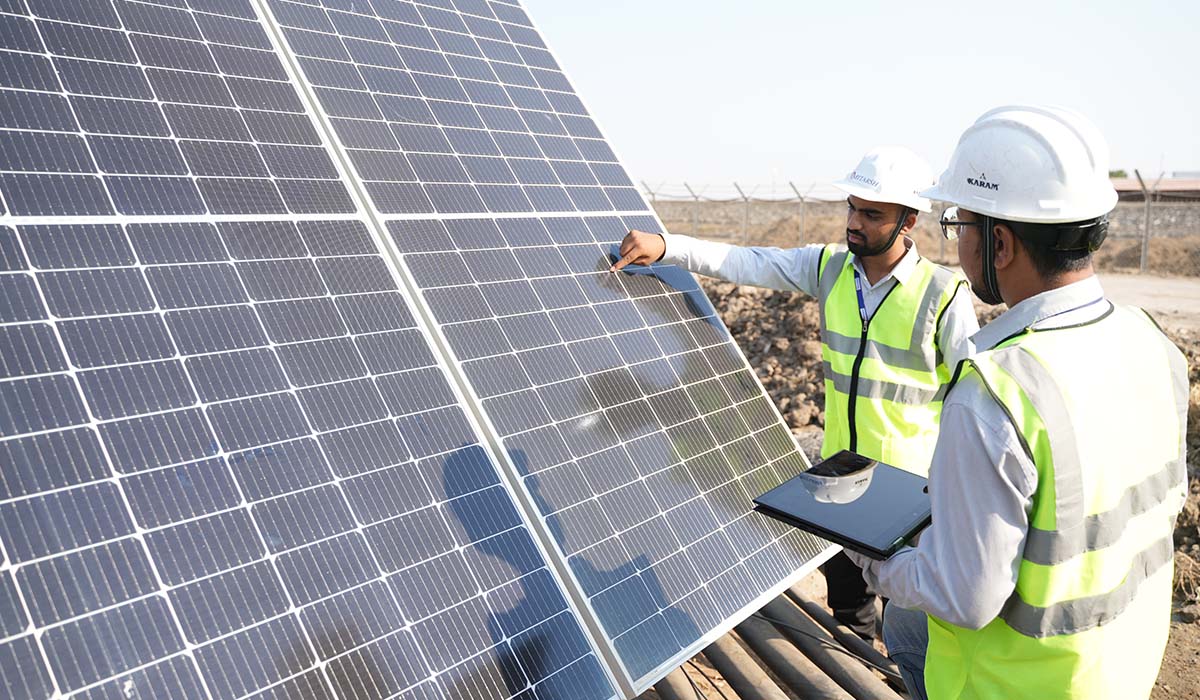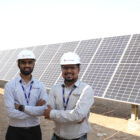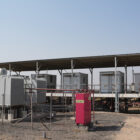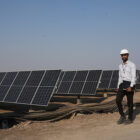As solar energy systems continue to gain traction across the globe, investors and asset owners are increasingly focused on one key metric—Return on Investment (ROI). While the initial installation and quality of solar equipment are vital, it’s the long-term operation and maintenance (O&M) practices that truly determine how much value a solar system delivers over its lifespan. Efficient solar O&M isn’t just about fixing problems; it’s about preventing them and optimizing every aspect of performance to ensure maximum ROI.
The Role of Preventive Maintenance
Preventive maintenance is the backbone of efficient solar O&M. It includes scheduled inspections, cleaning, and performance checks that keep systems running at optimal levels. By catching issues early—like wiring degradation, loose connections, or panel soiling—O&M teams can avoid costly repairs and prolonged downtime. A well-maintained system consistently operates near its maximum capacity, directly impacting energy yield and, therefore, revenue generation.
Real-Time Monitoring and Data Analytics
One of the most transformative elements in modern solar O&M is real-time monitoring. Using sensors and cloud-based platforms, operators can track key metrics such as energy output, inverter performance, temperature, and fault occurrences. This data-driven approach allows for immediate identification of underperformance or anomalies, enabling rapid corrective action. With predictive analytics, O&M teams can also anticipate equipment failures before they happen, reducing unscheduled outages and extending equipment life.
Cost Control Through Efficient Resource Allocation
Efficient O&M also helps control operational costs, which directly improves ROI. By utilizing data from monitoring systems, maintenance can be targeted and prioritized based on performance data rather than rigid schedules. For example, instead of cleaning all panels at regular intervals, operators can clean only those experiencing output losses due to soiling—saving both time and money. Similarly, predictive maintenance reduces emergency repair costs and unplanned labor expenses.
Enhancing System Lifespan and Performance
The longevity of a solar power plant significantly affects ROI. Proper O&M practices, such as thermal imaging, IV curve tracing, and routine inverter inspections, ensure that components perform optimally and last as long as intended. Well-maintained systems can often exceed their expected 25-year lifespan, adding years of additional revenue generation with minimal capital expenditure.
Compliance and Safety
Efficient O&M is also essential for maintaining compliance with industry standards, insurance requirements, and performance warranties. Many manufacturers require routine maintenance to keep warranties valid. Furthermore, safety inspections and hazard mitigation reduce risks associated with electrical faults, fire, or other operational hazards—protecting both personnel and assets.
Conclusion
Maximizing ROI in solar energy isn’t just about installing the right technology; it’s about ensuring that technology is properly cared for over time. Efficient O&M practices—driven by preventive maintenance, real-time monitoring, strategic resource use, and regulatory compliance—optimize performance, minimize costs, and extend the lifespan of solar assets. For asset owners and investors, investing in professional and data-driven O&M services is one of the smartest moves to protect and grow their long-term returns.






